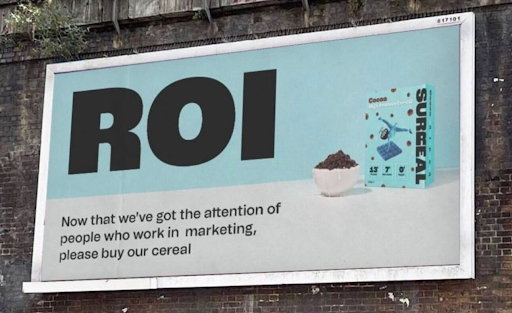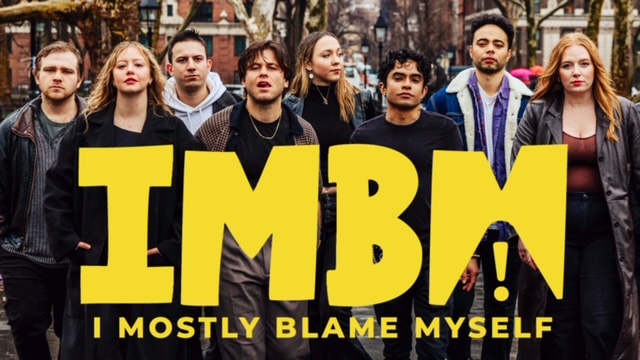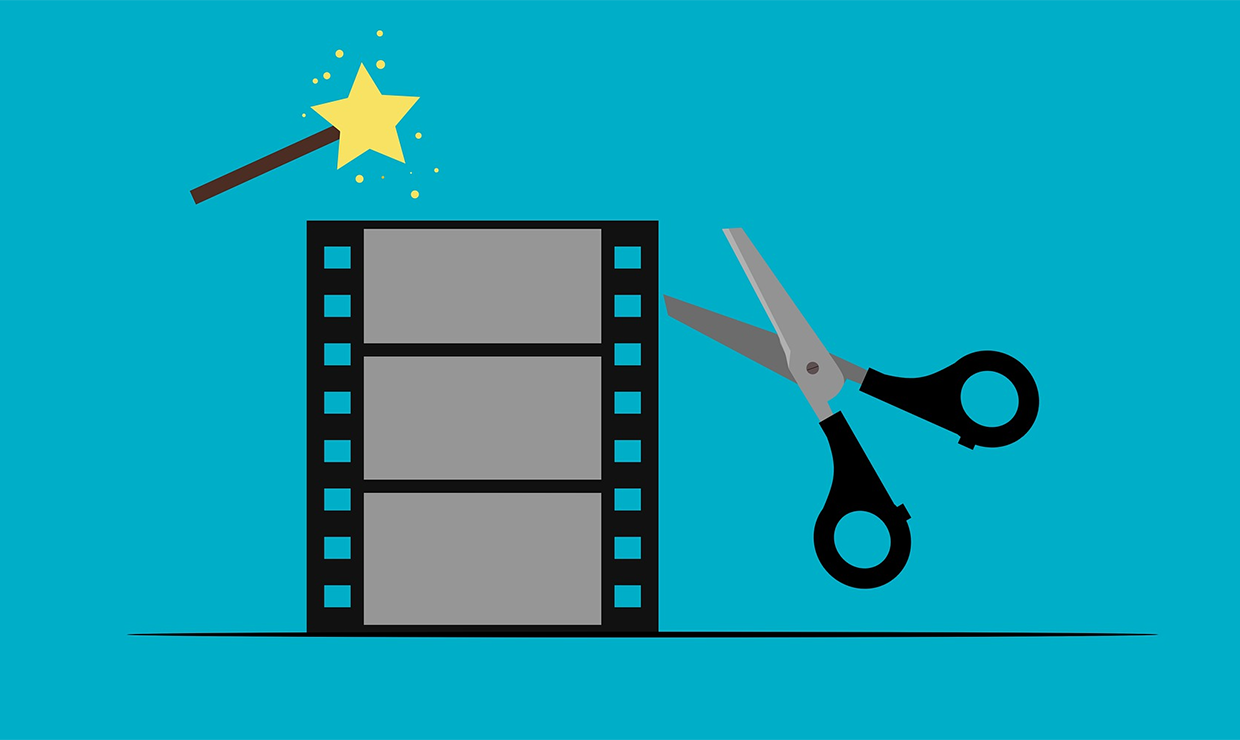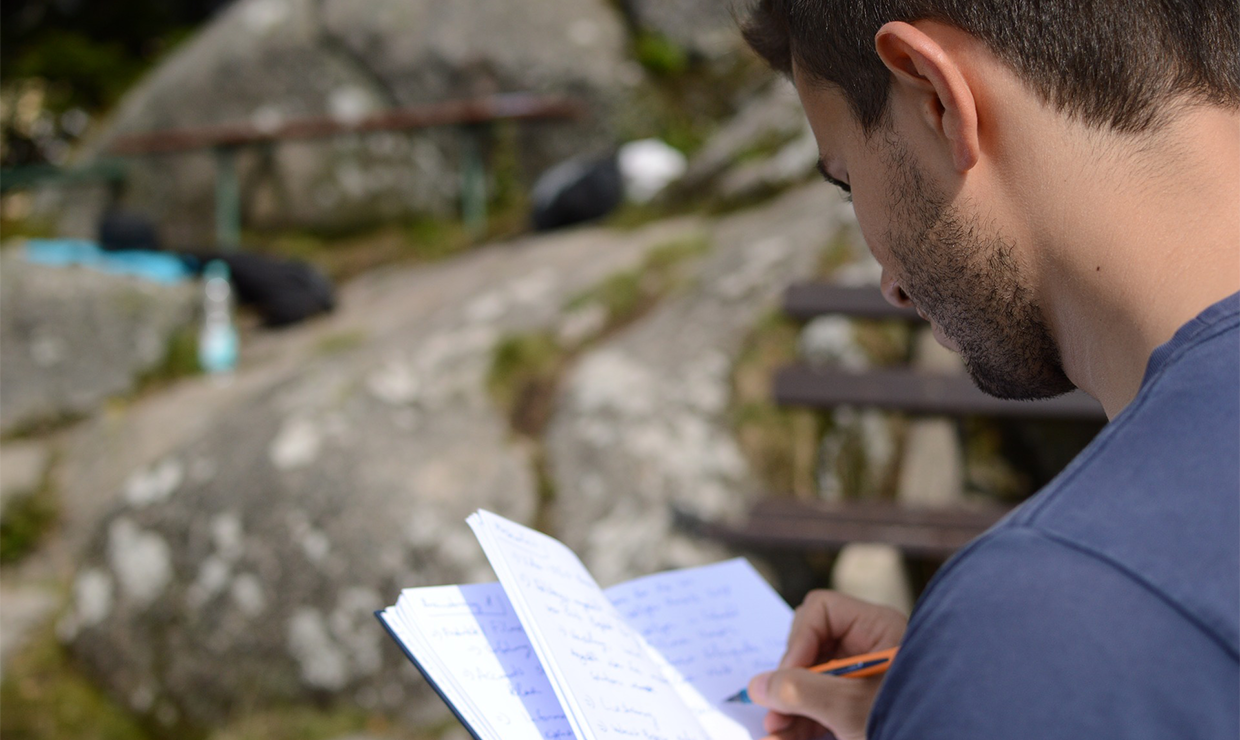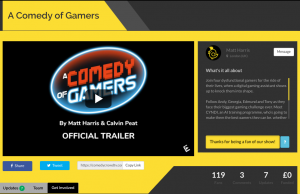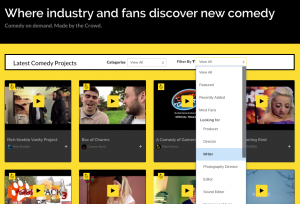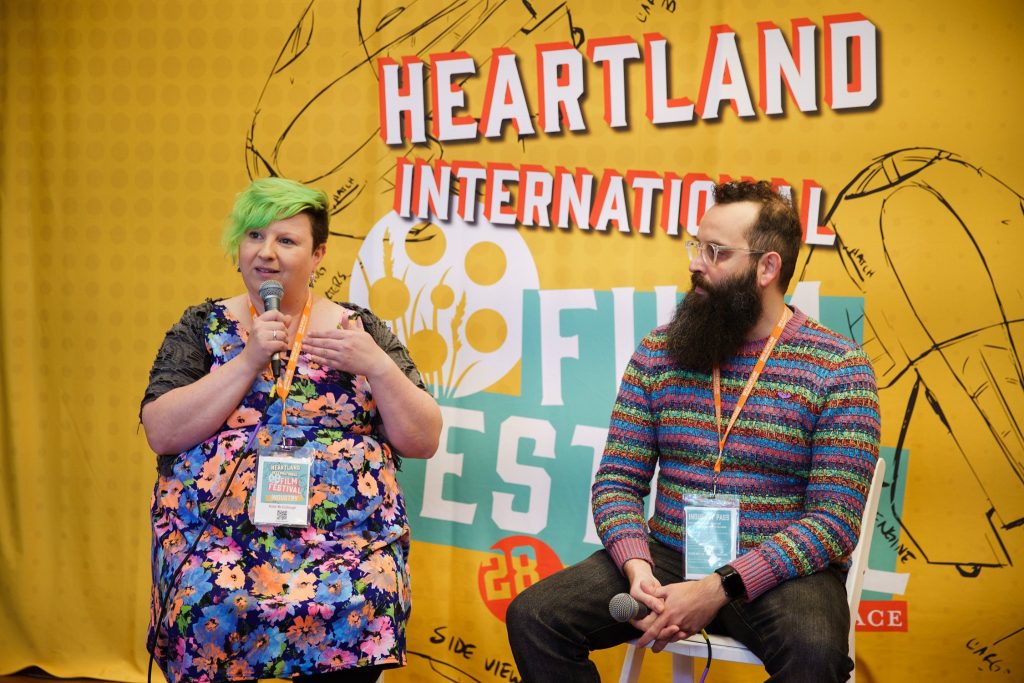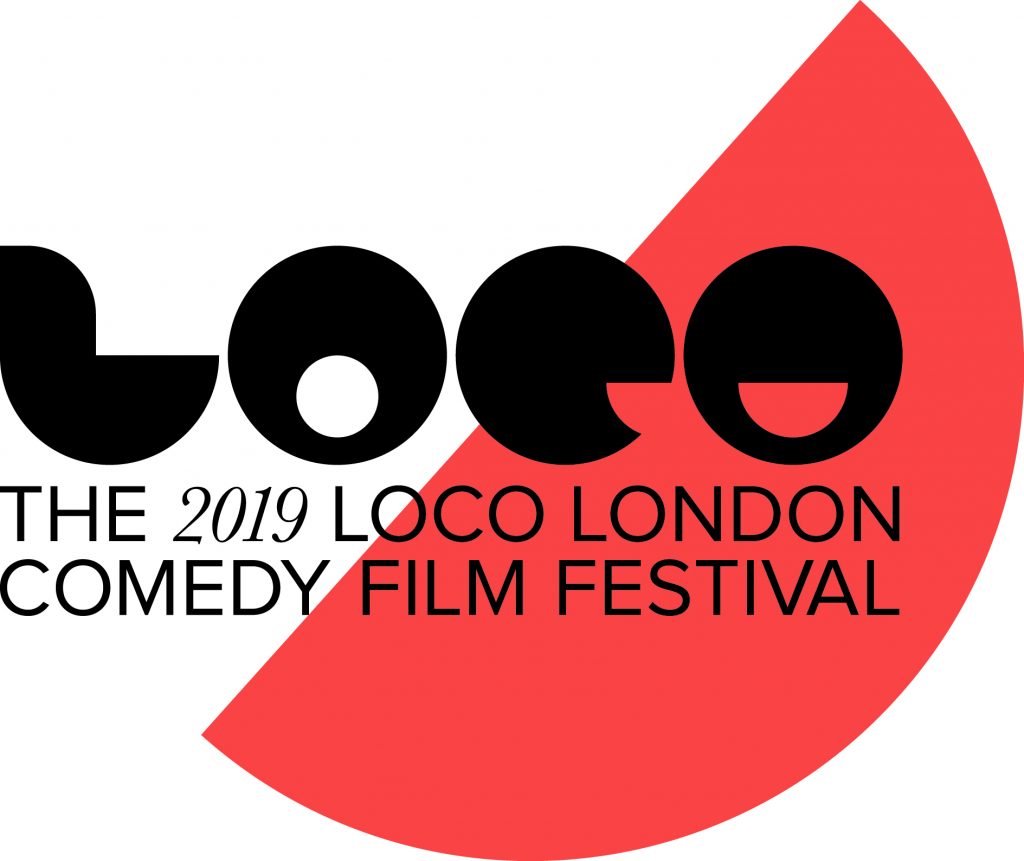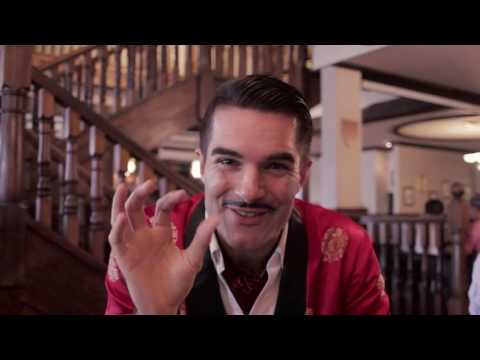How to make engaging video content on a budget
Affordable strategies to unleash the power of video 💥.
High-impact content doesn’t have to come at high cost.
We caught up with Anna O’Riordan, Brand & Marketing Consultant, to explore the benefits of video content and share some affordable approaches to campaign development.
When done right, video content is powerful, enabling brands to reach the masses very quickly.
People love watching videos. They’re accessible, often entertaining and, sometimes, educational.
Videos are a great way to attract attention and land a message, often helping to increase conversion. Most digital platforms now favour video. Facebook alone amasses some 8 billion video views – with video accounting for 11% of total content on the platform. And an estimated 1 billion hours is spent daily watching video content.
Yet not all video content is created equal. Indeed, some campaigns can be incredibly costly.
Who says you need a big budget to create great video content?
As budgets get tighter – and consumers savvier, the trend towards low-production, realistic video content has increased.
A low-production approach can benefit your brand in many ways:
Authenticity: videos can feel more genuine which helps to build trust and credibility. Showcasing everyday experiences can also be more relatable than a polished production.
Cost-effectiveness: low-production videos are often less expensive to produce. So, brands can create more content and reach a wider audience!
Storytelling: low-production videos are a great way to showcase the personalities behind your brand and build a stronger emotional connection with your audience.
Agility: these videos are quick and easy to create. Brands can respond to trends in real-time, stay relevant and top of mind.
Experimentation: low-production videos are a great way to try out new ideas. They allow you to test what resonates with your audience, without huge investment.
So, if the benefits are clear, how can we go about creating impactful video on a budget?
Some of the biggest costs in branded video production include shooting in multiple locations, having a large cast, using celebrity performers, and high-grade effects. But these costs are often unnecessary for a highly impactful campaign.
The idea stage is crucial for defining the parameters in which the creativity will take place, and this is where you can ensure the costs remain low. A tight brief is essential – there is nothing wrong with setting boundaries for creativity. In fact, it often helps to spark some of the most impactful ideas.
Brands can take a number of creative approaches to significantly reduce production costs – without reducing the impact of their video content. Here are just a few examples we’ve spotted:
Shot in one self-contained location
Setting the constraint that the video has to be filmed in a single location can actually enhance the creativity of the ideas generated. And when we only have a short time to get a message across, keeping things simple, clear and not confusing is vital.
As we will see with the following examples, there are creative ways to keep the video dynamic and engaging without changing location or even needing to use multiple camera angles.
We can see this in the execution of a classic online ad, Soesmans Language Training:
One of the first things you will notice, other than the fact this video is very funny, is that there is no dialogue. This is an English language training video produced for an audience in the Netherlands, and the actors don’t need to speak at all to convey the message. In fact their silence adds to the intrigue and engagement of the video, as we are not distracted from the main joke.
The camera position remains the same throughout the video, and punch-ins are used to get close up shots of the individual characters and their expressions.
We applied similar techniques working with Comedy Crowd creator Yiannis Vassilakis in a film we produced for automated dubbing company Papercup AI:
This is a step up in complexity from the Soesmans example, but is still shot in a single location with a limited number of camera angles. In this case the characters don’t move from their fixed positions at all during the video. Instead dynamism is added through a variety of close-ups applied in the edit, in addition to the creative use of stock footage to show the escalating “nightmare” sequence.
Showcasing products as human characters
This is a simple and highly effective way to give personality to a product or service, getting across the strengths and voice of the brand by applying the “show don’t tell” principle.
One of the great benefits of this approach is that the videos can be very simple. All we need to see on screen is the character representing the product or service. Even a talking head to camera can achieve this effectively.
Let’s start with a famous example: the Mac vs PC.
This ad was a huge hit for Apple, and all it required was two performers talking in front of a white background. Without telling us anything, Apple are showing us their product is young, confident, relaxed, safe, and forward thinking. (We notice he didn’t mention how long he can stay awake before needing to recharge his batteries..).
Taking things even more lo-fi is a single talking head to camera. In this example, talented Comedy Crowd creator, Rob Morgan, plays the role of Bounty finding out he has been cut from Celebrations:
This is a perfect example of a format that enables a quick response to a topical story. We only need to hear one side of the conversation, as the skillful scripting and performance means we can infer the “straight man” role being played by Twix.
This monologue manages to bring out the personalities of all of the Celebrations in one minute – a highly effective way to generate interest and excitement in the variety offered by the brand.
The camera phone aesthetic
Ten years ago it would have seemed unthinkable for professional content to be produced using a camera phone. But the portrait mode favoured by TikTok and Instagram combined with advances in technology have changed all of that.
Not only is it possible to shoot a professional looking ad using a camera phone, it can actually enhance the authenticity of the video and the human voice of the brand.
Here is an example of a recent video we produced for the friendship app Friendzr, created by the very funny and talented Farrel Hegarty:
This style of content is now common on digital platforms and it’s a great opportunity for brands to reach and engage a younger demographic.
Audio with text only
Don’t underestimate the power of visually impactful text on a screen to enhance an audio recording.
You can take the filming location out of the equation altogether and make considerable savings by having the visual as text.
This example of a voicemail recording from a frustrated customer has been seen by over 5 million people (explicit language warning!):
In this case Alamo Drafthouse have used an actual voicemail recording for the audio, so the only production cost is in the editing (and possible royalty payment for the music).
Even if you don’t have an irate customer voicemail to hand, it is often cheaper and logistically easier to hire actors for voiceover than it is for performance in front of a camera.
These are just a few examples of how you can apply creative constraints that reduce production budgets and increase engagement. The simplicity of production in each case actually emphasises the storytelling and authenticity of the video.
Notice none of the examples above rely on the use of celebrities. Having famous faces associated with a brand is great if you can afford it, but you can still make a highly engaging and impactful video without them if you work with the right creative team and make it relatable.
This can also help give the brand space to develop its own personality. After all, the dream scenario is that our brand is the celebrity in our video.
Finally, remember when using low cost production to take full advantage of the benefits it provides. Develop a repeatable format, style and characters that people recognise, and allows you to react quickly to topical news stories or company announcements.
At The Comedy Crowd we work with expert creative talent at the idea and production stage to make sure you get the most effective outcome for your budget, building connection with your audience and showcasing the creativity of your brand.

